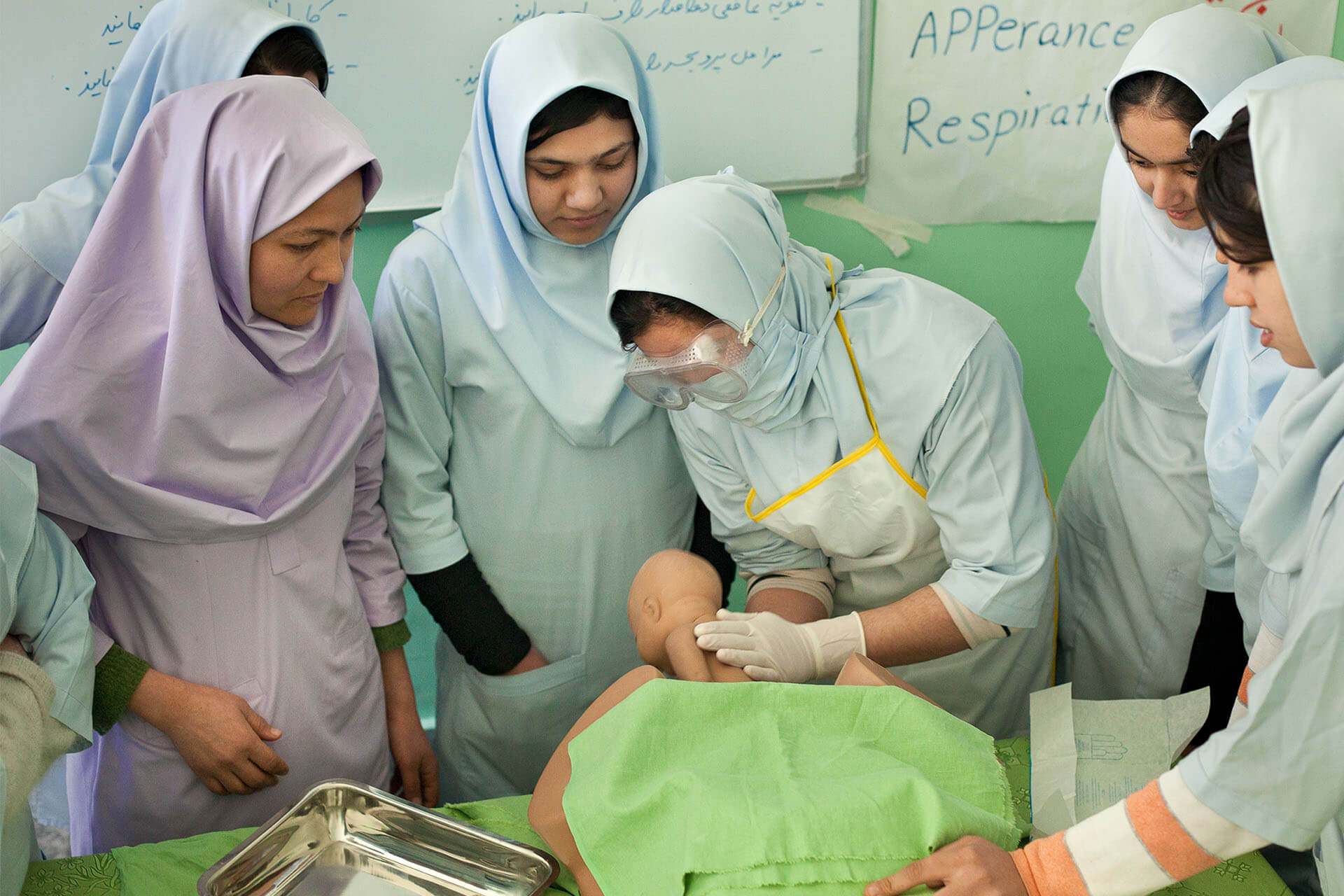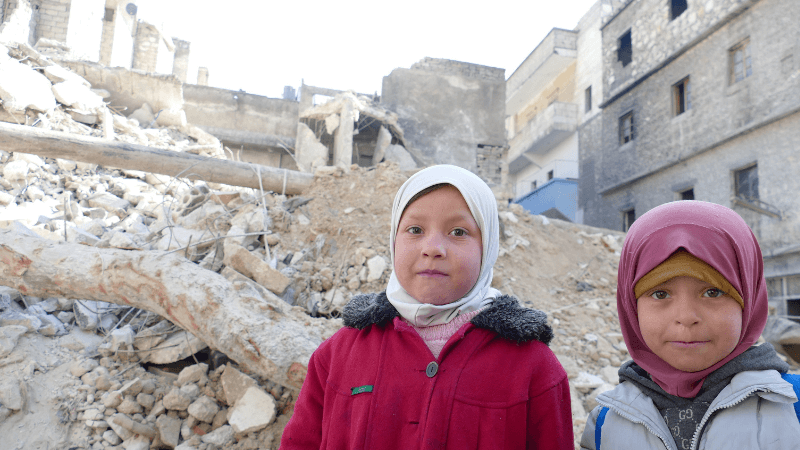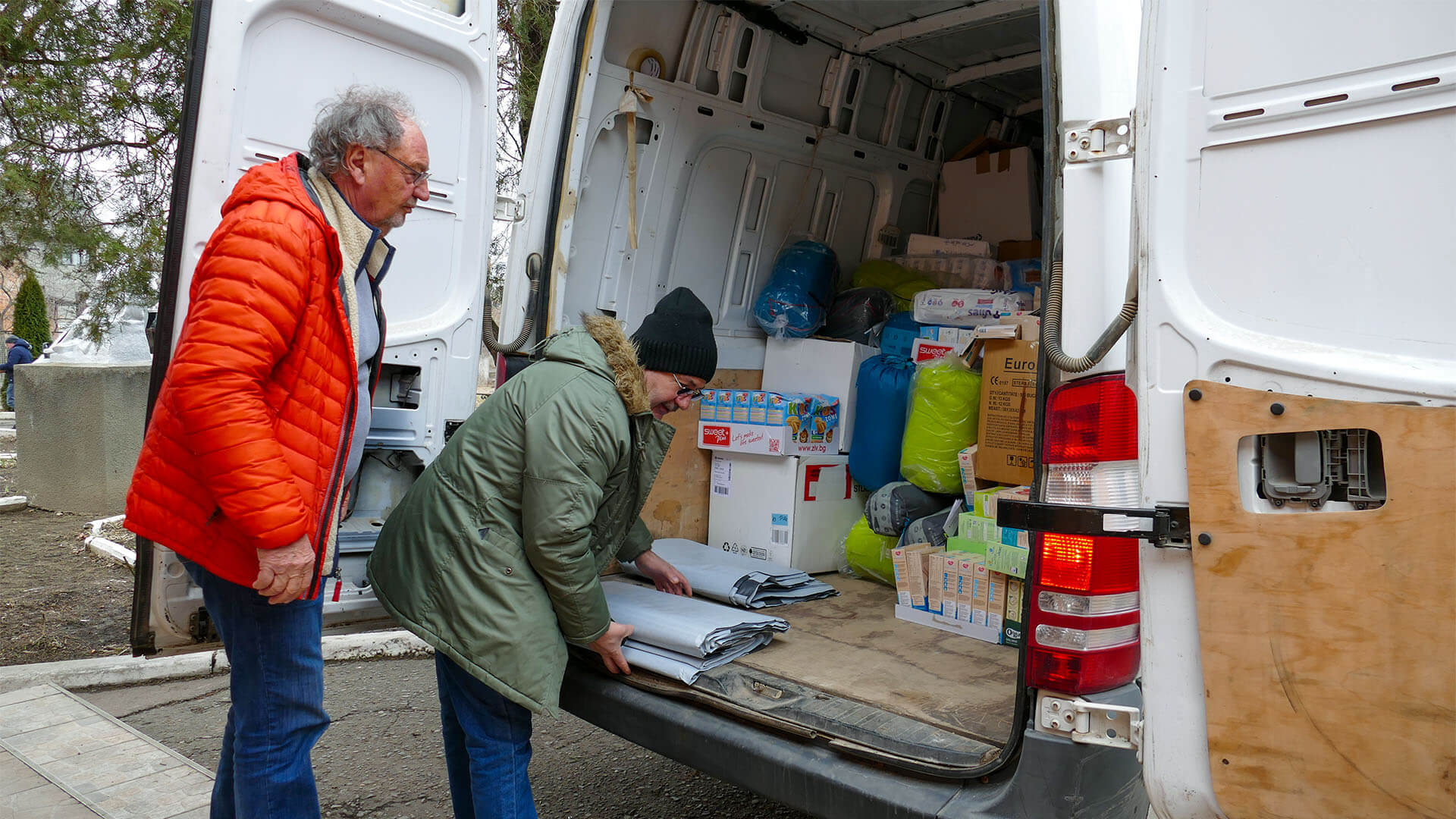
Our work
Helping where it is needed, sustainably and efficiently.
Cap Anamur outreach worldwide
Current projects
Completed projects
Since its foundation, Cap Anamur has adhered to the principle of helping where it is needed.
Since 1979 - over 45 years of humanitarian aid
62 Countries in which aid was provided
300 projects implemented worldwide
Current projects
Syria
Cap Anamur provides emergency aid in Syria after the devastating earthquake. We are supplying the earthquake victims in the north of the country with urgently needed relief supplies.
Central African Republic
Cap Anamur has been managing a hospital in Bossembélé and medical outposts since 2013. The focus is on building and medical care and continuing education, with the goal of creating a regional health center.
Ukraine
We support hospitals throughout the country with aid supplies such as medication, bandages and medical consumables.
Afghanistan
To improve medical care in the country, Cap Anamur is building hospitals in Afghanistan, training medical nurses and supporting a dialysis unit.
Sudan
For 20 years we have been managing a hospital in the Nuba Mountains as well as a supply network of health care posts within a radius of 100 kilometres.
Sierra Leone
Since 2003, Cap Anamur has been involved in building up the medical infrastructure, running a children's hospital and helping street children on the ground.
Mozambique
Returning to Mozambique, we are working to rebuild two destroyed hospitals to provide medical care for the returning population.
Lebanon
In the Lebanese camps in the Sidon area, we offer free medical care to refugees from Syria.
Bangladesh
In Bangladesh we cooperate with seven healthcare institutions and enable medical treatment for people without sufficient financial means.
Completed projects
Chronology of a project
Success and impact monitoring
In all its projects, Cap Anamur pursues a course of action that focuses in particular on the sustainable impact of all its interventions. Regardless of the situation, structures found in the crisis regions are used and expanded for long-term use. The permanent monitoring of the work processes during the assignments, and the respectful accompaniment of the responsible persons on site far beyond the duration of the project, allow us a permanent evaluation of success.
01. Before project start: evaluation trip
The grounds for humanitarian operations in a disaster area or crisis region can vary widely. The same applies to the needs of people in distress around the world: from acute medical aid to the reconstruction of destroyed buildings, to professional training and education, people’s needs can always be different. As a rule, Cap Anamur therefore first sends a team of experts who:
- evaluate the situation on the ground,
- formulate appropriate objectives for the mission,
- and then develop effective options for action.
Based on these results, we begin our projects focused on the most urgent and meaningful points from the very first minute, with the goal of meeting the various emergencies in the best possible way.
02. Utilization of existing structures
New projects are always carefully implemented into pre-existing conditions. The mere overlaying of regional conditions with a temporary relief action, which is then snatched away from the local people once the project is completed, can thus be ruled out. The mere overlaying of regional conditions with a temporary relief action, which is then snatched away from the local people once the project is completed, can thus be ruled out.
- In this way, we succeed in integrating local craftsmen, doctors and nurses into the project from the very beginning.
- Available buildings and equipment are also made available for work.
- Necessary building materials are purchased from local suppliers and transported in cooperation with local logistics companies.
Thus, together with the affected population, we reconstruct and expand a functioning system that can continue to be used long after the project is completed.
03. Staff training
If local doctors and nurses lack sufficient professional qualifications, our employees conduct intensive staff training.
The range of courses on offer is very broad and is geared to the knowledge gaps of the learners: Starting with instruction in the use of new medical or technical equipment and ending with three years of training leading to a state-certified degree.
In accordance with the principle of “helping people to help themselves,” this enables local staff to make diagnoses and carry out appropriate treatments on their own.

04. Project handover
As soon as the job can be done completely by the local population, we organize the gradual transfer of the projects into local hands.
- Even after the departure of our employees, the projects are not left to themselves, but continue to be accompanied by us.
- This is done by means of regular on-site visits, delivery of medicines and financial support for special expenses that cannot be borne alone, such as the purchase of medical equipment.
- We maintain contact with local decision-makers even years after the project has ended.
This approach has proven to be a successful and sustainably effective method of implementing projects in a controlled manner.

01. Before project start: evaluation trip
The grounds for humanitarian operations in a disaster area or crisis region can vary widely. The same applies to the needs of people in distress around the world: from acute medical aid to the reconstruction of destroyed buildings, to professional training and education, people’s needs can always be different. As a rule, Cap Anamur therefore first sends a team of experts who:
- evaluate the situation on the ground,
- formulate appropriate objectives for the mission,
- and then develop effective options for action.
Based on these results, we begin our projects focused on the most urgent and meaningful points from the very first minute, with the goal of meeting the various emergencies in the best possible way.

02. Utilization of existing structures
New projects are always carefully implemented into pre-existing conditions. The mere overlaying of regional conditions with a temporary relief action, which is then snatched away from the local people once the project is completed, can thus be ruled out. The mere overlaying of regional conditions with a temporary relief action, which is then snatched away from the local people once the project is completed, can thus be ruled out.
- In this way, we succeed in integrating local craftsmen, doctors and nurses into the project from the very beginning.
- Available buildings and equipment are also made available for work.
- Necessary building materials are purchased from local suppliers and transported in cooperation with local logistics companies.
Thus, together with the affected population, we reconstruct and expand a functioning system that can continue to be used long after the project is completed.

03. Staff training
If local doctors and nurses lack sufficient professional qualifications, our employees conduct intensive staff training.
The range of courses on offer is very broad and is geared to the knowledge gaps of the learners: Starting with instruction in the use of new medical or technical equipment and ending with three years of training leading to a state-certified degree.
In accordance with the principle of “helping people to help themselves,” this enables local staff to make diagnoses and carry out appropriate treatments on their own.

04. Project handover
As soon as the job can be done completely by the local population, we organize the gradual transfer of the projects into local hands.
- Even after the departure of our employees, the projects are not left to themselves, but continue to be accompanied by us.
- This is done by means of regular on-site visits, delivery of medicines and financial support for special expenses that cannot be borne alone, such as the purchase of medical equipment.
- We maintain contact with local decision-makers even years after the project has ended.
This approach has proven to be a successful and sustainably effective method of implementing projects in a controlled manner.
Enable our relief efforts
Donate now and effectively support Cap Anamur projects worldwide.
Our projects are financed exclusively by private donations. This is why we are able to intervene quickly and unbureaucratically in acute emergency situations, such as wars or natural disasters, completely independently of state institutions.



